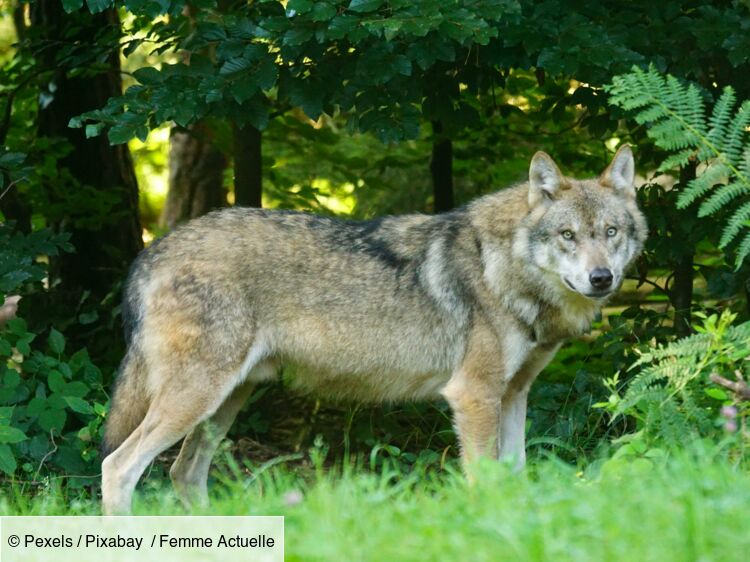It is a catastrophe that still frightens people today. On April 26, 1986 at 1:23 a.m., the unthinkable happened. A reactor at the Chernobyl nuclear power plant exploded, sending a cloud of radioactive dust over Europe. As for the human toll, it is still difficult to establish; the UN scientific committee (Unscear) officially recognizes only about thirty deaths. But more than thirty years after this event, researchers have observed a curious mutation in certain animals living in the region.
In fact, researchers from the Society of Integrative and Comparative Biology in the United States are studying how wildlife, and more specifically Wolvesrepopulate the area. They found that canids living in the Chernobyl Exclusion Zone (CEZ) have developed anti-cancer abilities. While their results have not yet been published in a scientific journal, they were presented at the annual meeting of the Society of Integrative and Comparative Biology in Seattle, Washington, in January 2024.
Could Chernobyl Wolves Be Able to Fight Cancer?
Following the explosion, authorities established what is known as the Chernobyl Exclusion Zone (CEZ). This is a 1,000 km2 area around the explosion zone. The zone is “chronically exposed to radiation and abandoned by residents”note the researchers. This does not prevent life from gradually resuming its course. Thus, “wild animals such as horses, wolves, forests and mushrooms have recolonized the area.” Among local wildlife, the health of wolves and how their metabolism fights cancer has particularly attracted the attention of researchers.
In fact, domestic dogs “fall ill and fight the cancer more similar to humans than the laboratory mouse”the researchers note in a statement. Also, studying the gray wolf (Canis lupus) can allow experts to work on new avenues for fight cancer. The researchers therefore wanted “to study how Chernobyl wolves survive and thrive despite generations of exposure and the accumulation of radioactive particles in their bodies.”
Research work interrupted by Covid-19 and then the war in Ukraine
To do this, they equipped some of the region’s wolves with collars that could track the wolves’ location and radiation levels. In addition, blood samples were taken to understand their reaction to the carcinogenic radiation. Using this data, the researchers “found that Chernobyl wolves are exposed to more than 11.28 millirems (a unit of measurement for radiation thresholds, editor’s note) of radiation per day for their entire lives, more than six times the legal safety limit for an average human worker.”
“Dogs from Chernobyl have higher rates of cancer than dogs outside of Chernobyl. And if we extrapolate that to the wolf population, we can assume that they might have higher rates of cancer, explains researcher Cara Love, in an NPR podcast. But the specialist emphasizes that these wolves have proven to be more resistant to these cancers.
More specifically, the researchers note that “specific regions of the wolf genome that appear to be resistant to increased cancer risk”. In addition, experts note that these wolves exhibit “an altered immune system, similar to that of cancer patients undergoing radiotherapy.” While in the short term, radiation exposure increases the risk of cancer, in the long term it may protect against cancer.
Currently, due to the Covid-19 pandemic and then the war in Ukraine, the teams have not been able to go out into the field again.
Sources :
- Mutant Chernobyl wolves evolve anti-cancer abilities 35 years after nuclear disaster – communiqué (05/01/2024)
- Why wolves are thriving in this radioactive zone – 05/02/2024











